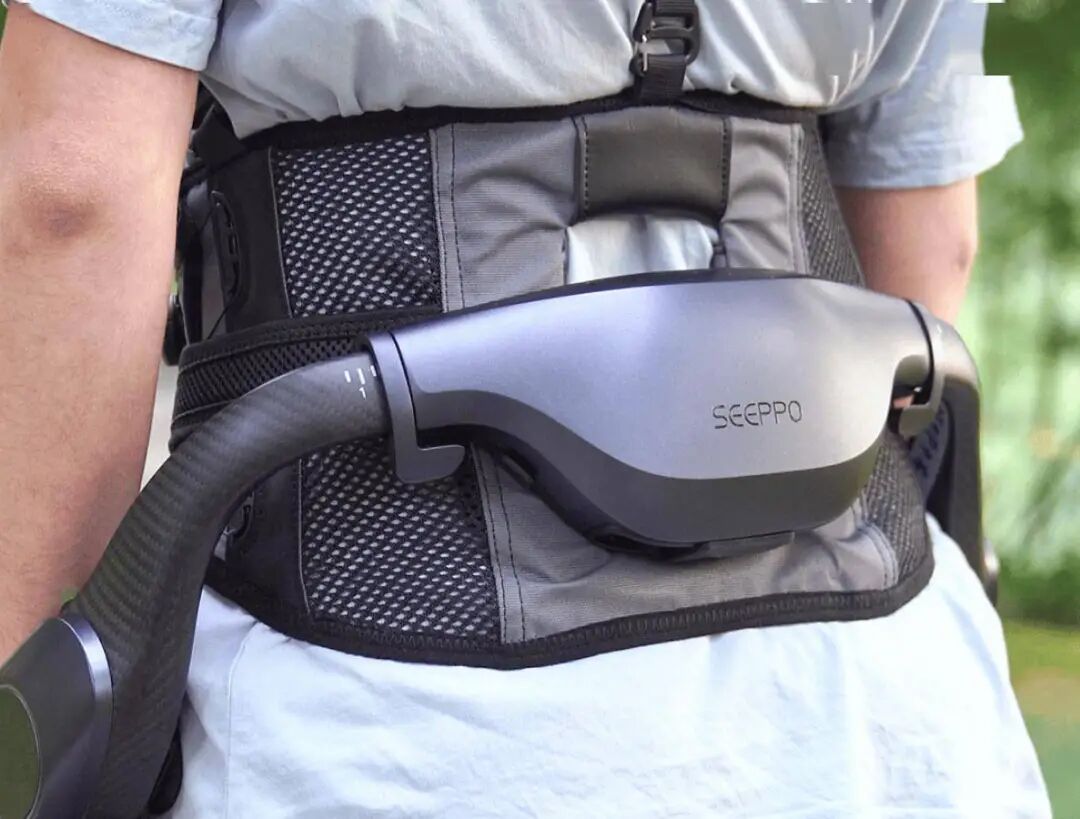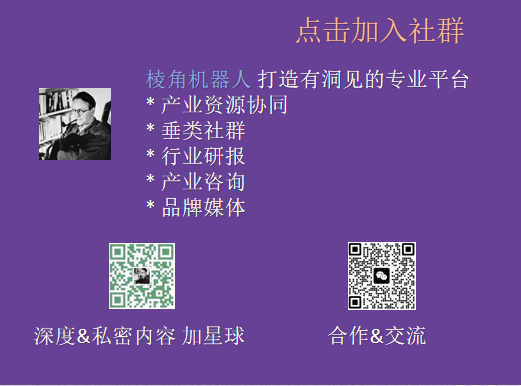Two months ago, Cheng Tian Technology launched its exoskeleton robot on an e-commerce platform, priced at 2500 yuan, which quickly sold out. This product is designed for outdoor sports assistance.According to some reports, during the May Day holiday this year, exoskeleton robots became popular climbing aids at well-known domestic tourist spots such as Huangshan, Taishan, and Huashan. For example, at the Taishan scenic area, the rental price for the exoskeleton robot is standardized at 80 yuan for 3 hours, with a single battery lasting up to 8 hours; in the Enshi Grand Canyon in Hubei, the starting rental price for the exoskeleton robot is 98 yuan for 3 hours.
The exoskeleton robot can sense the wearer’s leg lifting and lowering movements, providing assistance at the right moment. With this support, walking and climbing feel much lighter.
The outdoor assistance exoskeleton robot differs significantly from rehabilitation products in terms of product complexity, target audience, and pricing.Consumer-level exoskeleton robots primarily aim to facilitate outdoor activities for the elderly and individuals with mobility difficulties, providing support for hip and knee joints, making it easier to ascend and descend mountains. This product’s logic is similar to that of E-Bikes, which have seen significant growth overseas in recent years. Image | Exoskeleton Robot SEEPO
Image | Exoskeleton Robot SEEPO
With the application of lightweight materials, upgrades in motor performance, and optimizations in intelligent control systems, the manufacturing costs of exoskeleton robots will continue to decrease, and prices are steadily dropping.
Recently, a founder of a component manufacturer that has been shipping in large volumes in this niche reported a significant increase in orders for exoskeleton robot components since last year.It is reported that Cheng Tian Technology’s “EasyGo” series products can provide walking assistance without an external power source and are planned for large-scale shipment this year; products from Kenking Technology are priced between 6,000 and 10,000 yuan, with production capacity planning far exceeding previous years.In terms of market scale, market research firm Fortune reports that the global wearable exoskeleton robot market is expected to reach approximately $1.24 billion in 2023, with projections of $14.67 billion by 2030, reflecting a compound annual growth rate of 42.2%.Currently, the application scenarios for exoskeleton robots can be mainly divided into medical, industrial, military, logistics, and outdoor sports. Medical scenarios require consideration for serving disabled patients, with higher demands for control and safety, and strict qualification certifications, resulting in significantly higher prices. Non-medical scenarios primarily provide assistance for various movements, focusing on load capacity and human-machine collaboration, including support for the legs and waist.Technically, exoskeleton robots primarily integrate mechanical power, sensors, and intelligent algorithms to enhance human movement capabilities, achieving strength assistance, injury protection, and functional compensation. Their technical architecture mainly consists of three core modules: mechanical structure, perception system, and intelligent control center.Compared to humanoid robots, exoskeleton robots have a much simpler control structure, especially for assistance products, which emphasize human-machine collaboration and have a lower dependency on advanced artificial intelligence, making them more feasible for practical applications.Industry insiders believe that the hardware aspects of exoskeleton robots, such as motors and batteries, have already established a practical foundation, and new technological breakthroughs will mainly focus on AI applications in exoskeleton training, with potential future integration with brain-machine interfaces.In summary, with the aging population and the increasing demand for outdoor activities and assistance in special scenarios, if this category can be well-executed and cost-controlled, it will have a promising future.However, the current widespread adoption of exoskeleton robots also faces several challenges: technical adaptation difficulties, as different scenarios have varying requirements for load, flexibility, and endurance; high costs leading to low adoption rates, necessitating reductions in end-user prices through large-scale production, localization of the supply chain, and subsidies; and insufficient user awareness and trust, as the public holds certain stereotypes that need to be reshaped through scenario-based marketing.